Snow Leopards Have Built-In Snowshoes

Picture trying to walk through knee-deep snow in your bare feet. That’s exactly what snow leopards would face without their incredible paws. These mountain cats have evolved massive, furry paws that work like natural snowshoes, spreading their weight across soft snow.
Their paws are so large they can measure up to 4 inches across – that’s bigger than some house cats’ entire heads! The thick fur between their toes not only provides insulation but also gives them extra grip on icy surfaces. It’s like having built-in winter boots that never wear out.
Lions Can Roar From 5 Miles Away

When a lion roars, it’s not just making noise – it’s sending a message that can travel further than most people drive to work. Their roar can be heard up to 5 miles away, thanks to specialized vocal cords and a unique bone structure in their throats.
The secret lies in their hyoid bone, which is partially made of cartilage instead of solid bone. This allows their vocal cords to vibrate at incredibly low frequencies that carry much farther than higher-pitched sounds. Think of it as nature’s version of a megaphone, except it can literally shake the ground beneath your feet.
Jaguars Have the Strongest Bite Force of Any Big Cat

If you think a crocodile has a powerful bite, wait until you hear about jaguars. These spotted powerhouses can exert a bite force of 1,500 pounds per square inch – that’s strong enough to crush turtle shells and even pierce crocodile skulls.
Unlike other big cats that typically go for the throat, jaguars often kill their prey by biting directly through the skull. Their jaw muscles are so overdeveloped that their heads look almost comically large compared to other cats. It’s like having a hydraulic press attached to your face.
Cheetahs Have Non-Retractable Claws Like Dogs
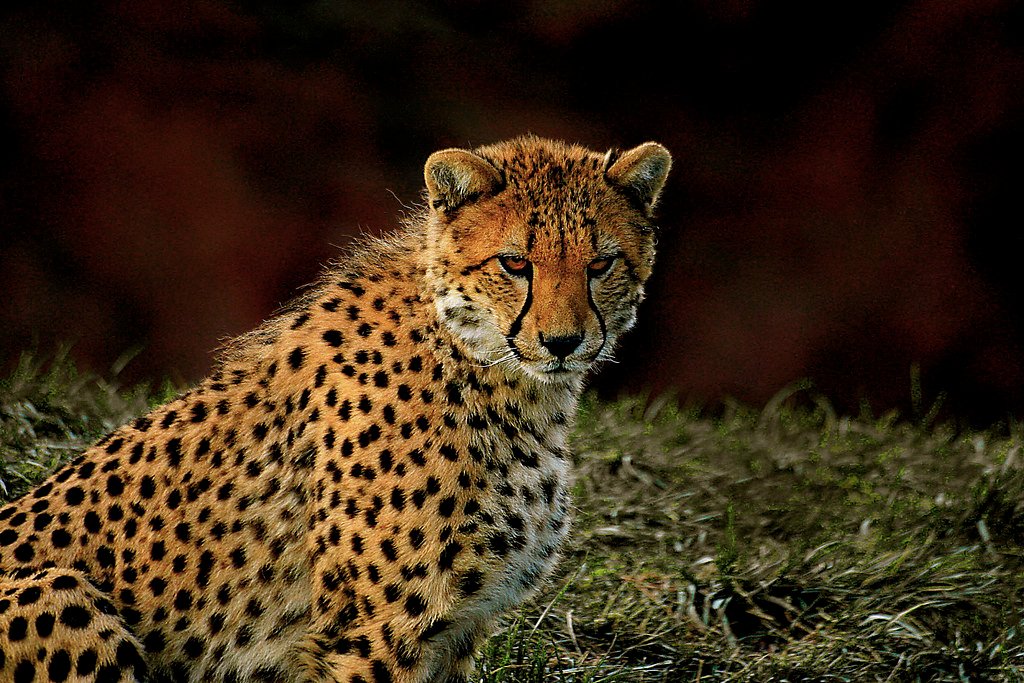
Every cat owner knows that cats have retractable claws – except cheetahs decided to break the rules. These speed demons have claws that stay extended all the time, just like your dog’s nails.
This weird adaptation turns their claws into permanent running spikes, giving them incredible traction when they’re hitting speeds of up to 70 mph. Their claws dig into the ground like cleats on a football field, preventing them from slipping during those lightning-fast turns while chasing prey.
Tigers Can See in the Dark Six Times Better Than Humans
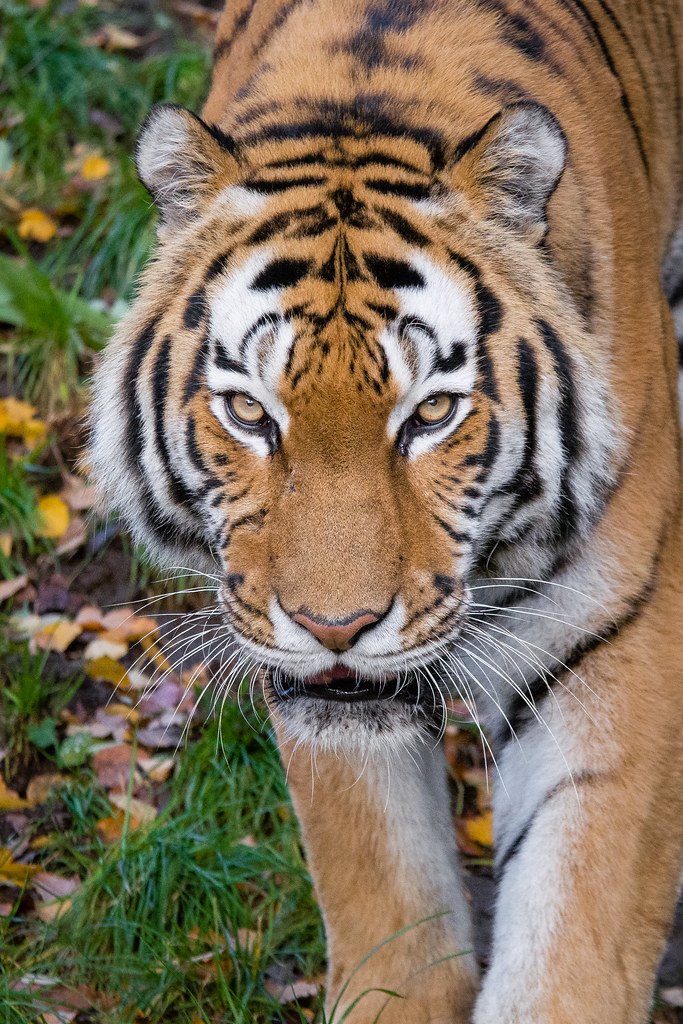
When the sun goes down, tigers don’t need a flashlight – they have built-in night vision that puts military equipment to shame. Their eyes contain a special reflective layer called the tapetum lucidum that bounces light back through their retinas.
This biological mirror gives them six times better night vision than humans. That’s why their eyes seem to glow in the dark – they’re literally reflecting light back at you. It’s like having natural headlights that never run out of batteries.
Leopards Can Carry Prey Twice Their Weight Up Trees
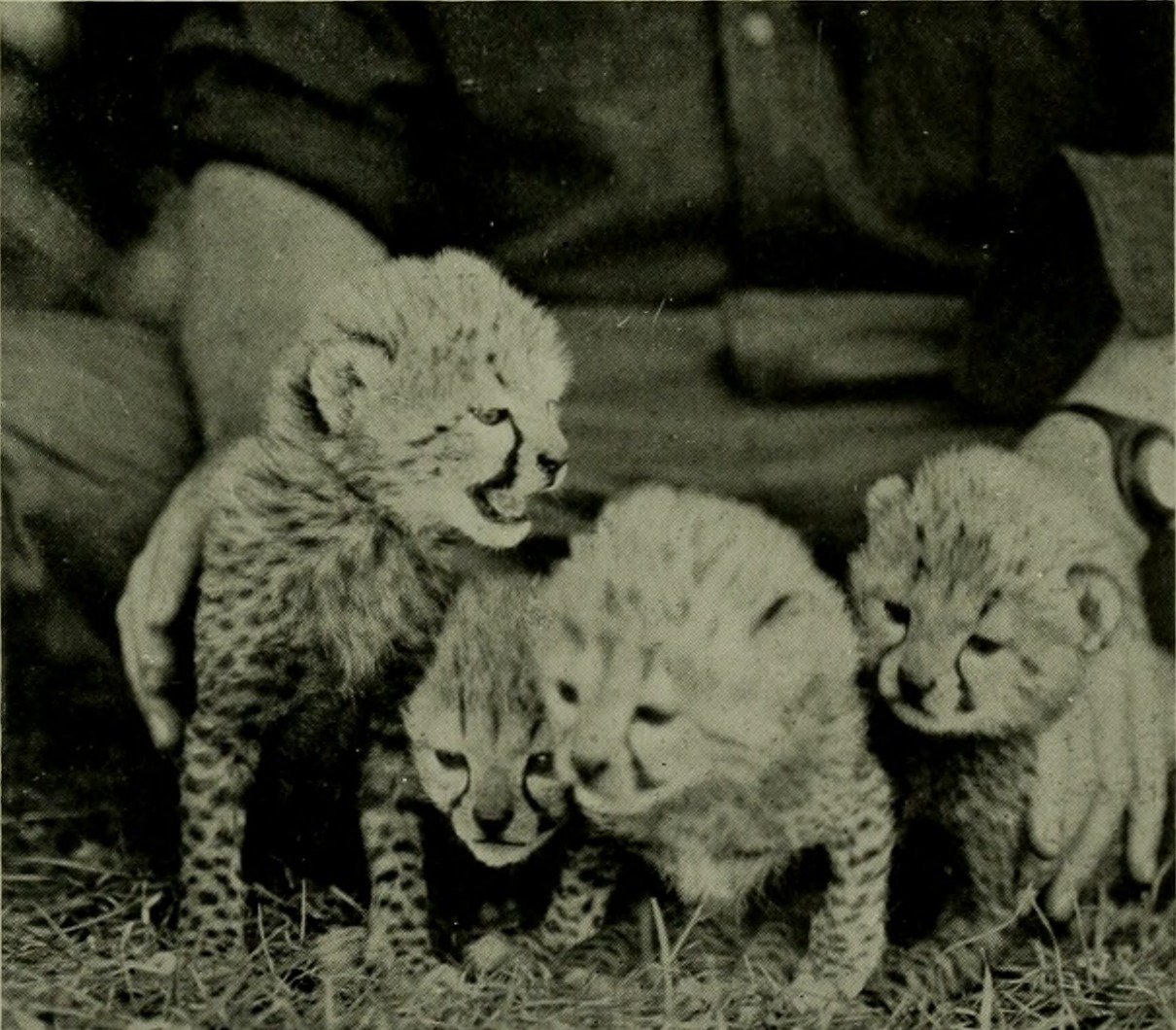
Imagine trying to carry your refrigerator up a ladder – that’s essentially what leopards do every day. These incredibly strong cats can drag prey weighing twice their body weight straight up a tree trunk.
Their shoulder muscles are so developed that they can haul a 200-pound antelope up a 30-foot tree while using only their claws for grip. They do this to keep their meals safe from other predators like lions and hyenas. It’s like having a personal elevator to a private dining room.
Pumas Can Jump 40 Feet Horizontally
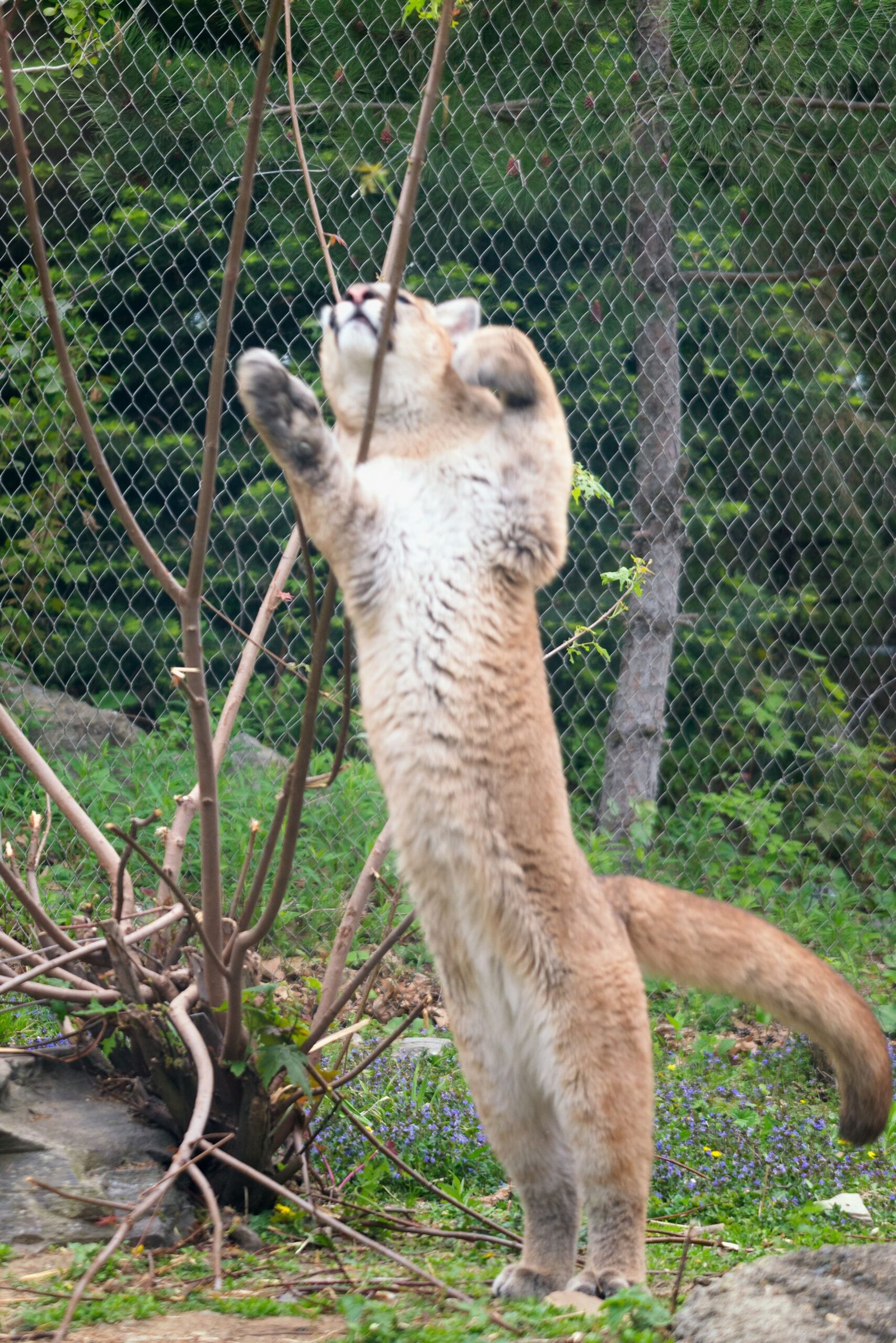
If pumas competed in the Olympics, they’d hold every jumping record imaginable. These athletic cats can leap an astounding 40 feet horizontally and 15 feet vertically from a standing position.
Their powerful hind legs work like coiled springs, storing and releasing energy with incredible efficiency. To put this in perspective, that’s like jumping over an entire school bus lengthwise. Their jumping ability is so impressive that they can leap from one cliff to another across gaps that would terrify most humans.
Lynx Have Ear Tufts That Work Like Satellite Dishes
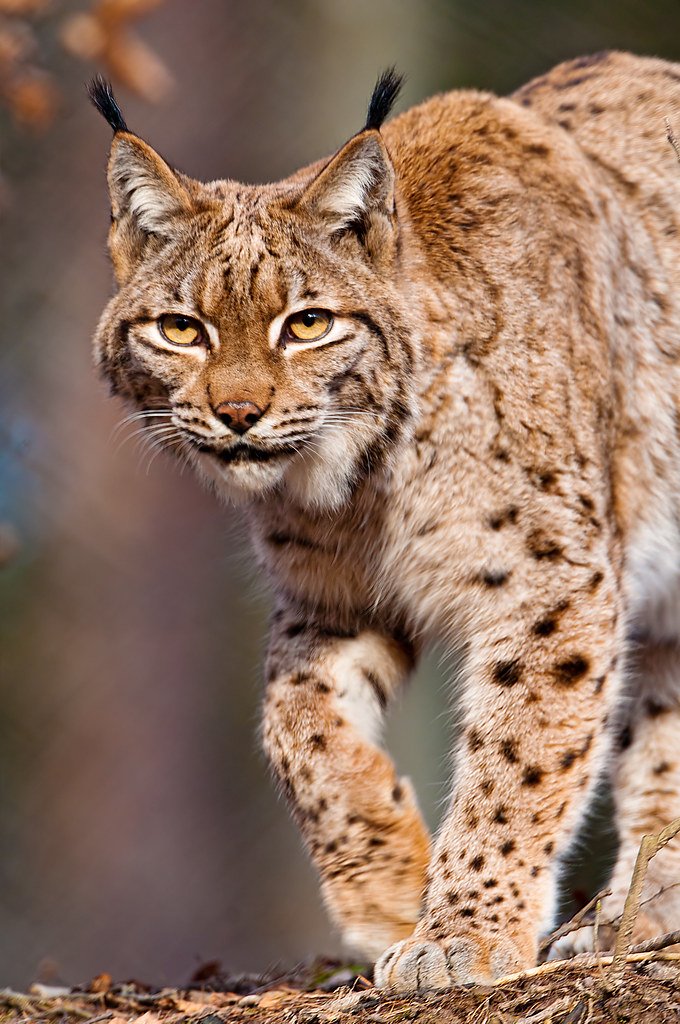
Those distinctive black tufts on a lynx’s ears aren’t just for show – they’re actually sophisticated hearing equipment. These tufts help funnel sound waves directly into their ear canals, dramatically improving their hearing sensitivity.
Scientists believe these tufts can enhance their hearing by up to 30%, allowing them to detect the tiniest sounds made by prey moving under snow. It’s like having adjustable satellite dishes attached to their heads, constantly fine-tuning to pick up the faintest signals.
Servals Have the Longest Legs Relative to Body Size
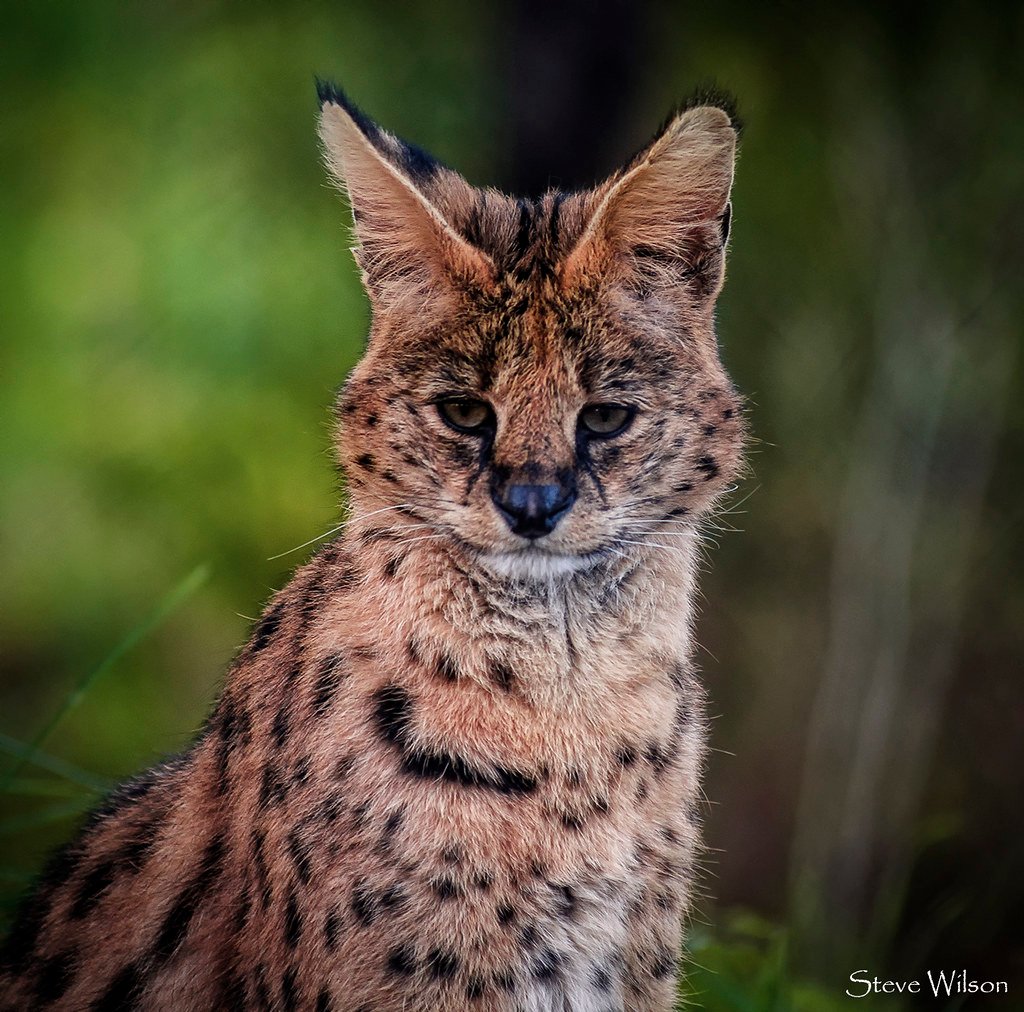
If big cats had a fashion show, servals would win the “longest legs” category every time. These African wildcats have legs that make up about 60% of their total height, giving them an almost cartoonish appearance.
Those incredibly long legs serve a vital purpose – they allow servals to see over tall grass and pounce on prey from impressive distances. They can leap up to 9 feet in the air to catch birds in flight. It’s like having built-in stilts that also double as pogo sticks.
Bobcats Can Rotate Their Ears 180 Degrees

While you have to turn your whole head to look behind you, bobcats can simply rotate their ears backward. Each ear can move independently and rotate up to 180 degrees, allowing them to monitor sounds from all directions simultaneously.
This incredible ear mobility helps them hunt more effectively by pinpointing exactly where prey is located without giving away their position. Imagine being able to eavesdrop on conversations happening behind you while appearing to look straight ahead – that’s essentially what bobcats do all day.
Ocelots Have Unique Spot Patterns Like Human Fingerprints
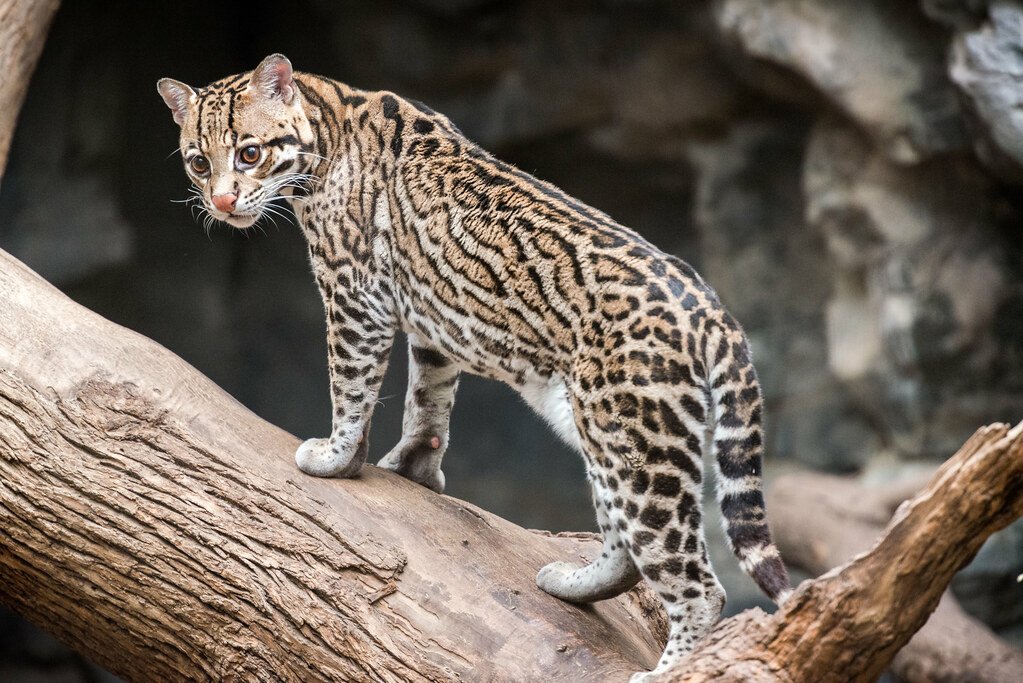
No two ocelots have identical spot patterns – each one is as unique as a human fingerprint. These beautiful cats have rosettes and stripes that form completely individual patterns, making every ocelot distinctly recognizable.
Researchers use these patterns to identify and track individual cats in the wild, since each ocelot carries its own natural ID card. The spots aren’t just random either – they follow specific genetic patterns that help break up the cat’s outline in dappled forest light, making them nearly invisible to both prey and predators.
Sand Cats Never Need to Drink Water
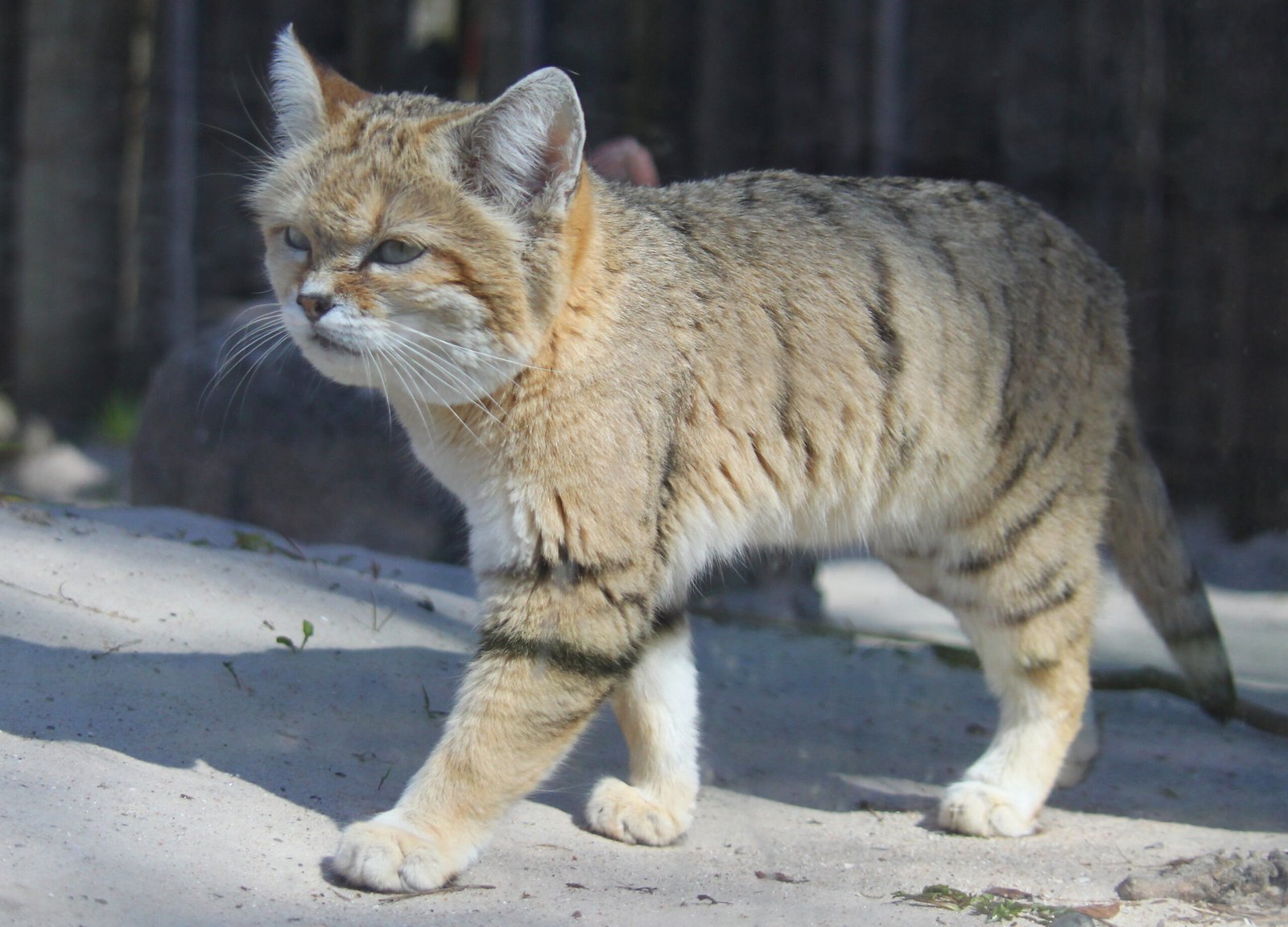
Living in the desert would be impossible for most cats, but sand cats have cracked the code. These small wildcats can survive their entire lives without ever drinking a drop of water.
They get all the moisture they need from their prey, and their kidneys are so efficient that they can concentrate their urine to conserve every bit of water in their bodies. Their paws are also covered in thick fur that protects them from burning hot sand – it’s like wearing permanent fuzzy slippers in a furnace.
Conclusion
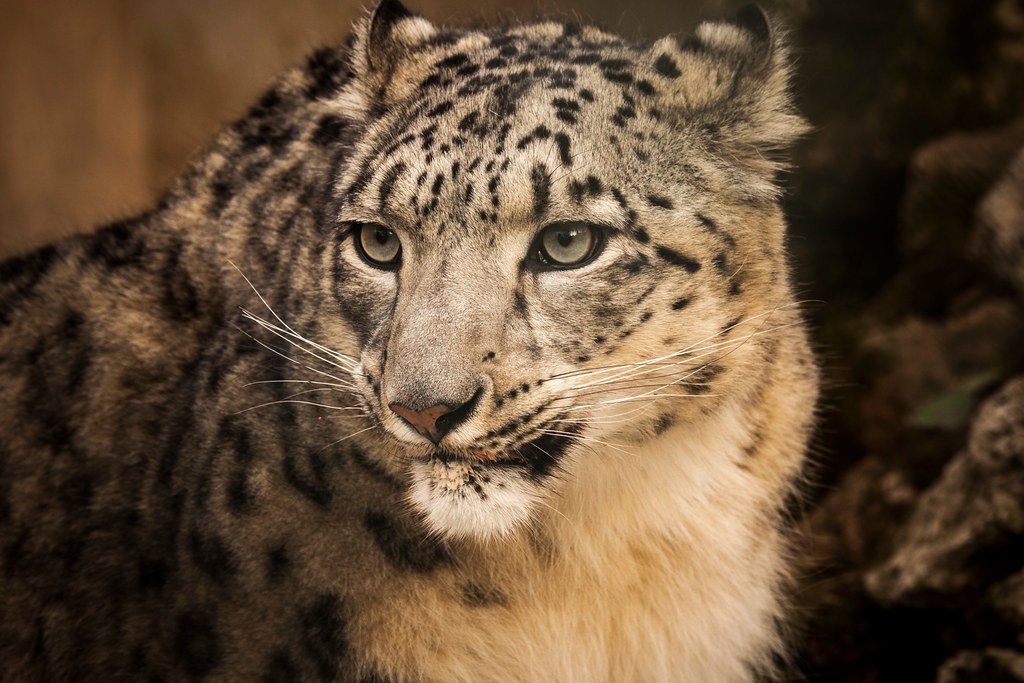
These incredible adaptations show just how amazing big cats really are. From snow leopards’ natural snowshoes to sand cats that never need water, each species has evolved the perfect tools for their environment. These aren’t just cool party facts – they’re the difference between life and death in some of the world’s harshest places.
Next time you see your house cat doing something that seems impossible, remember they’re carrying thousands of years of wild adaptations in their genes. Which of these wild cat superpowers surprised you the most?
Hi, I’m Bola, a passionate writer and creative strategist with a knack for crafting compelling content that educates, inspires, and connects. Over the years, I’ve honed my skills across various writing fields, including content creation, copywriting, online course development, and video scriptwriting.
When I’m not at my desk, you’ll find me exploring new ideas, reading books, or brainstorming creative ways to solve challenges. I believe that words have the power to transform, and I’m here to help you leverage that power for success.
Thanks for stopping by, Keep coming to this website to checkout new articles form me. You’d always love it!






